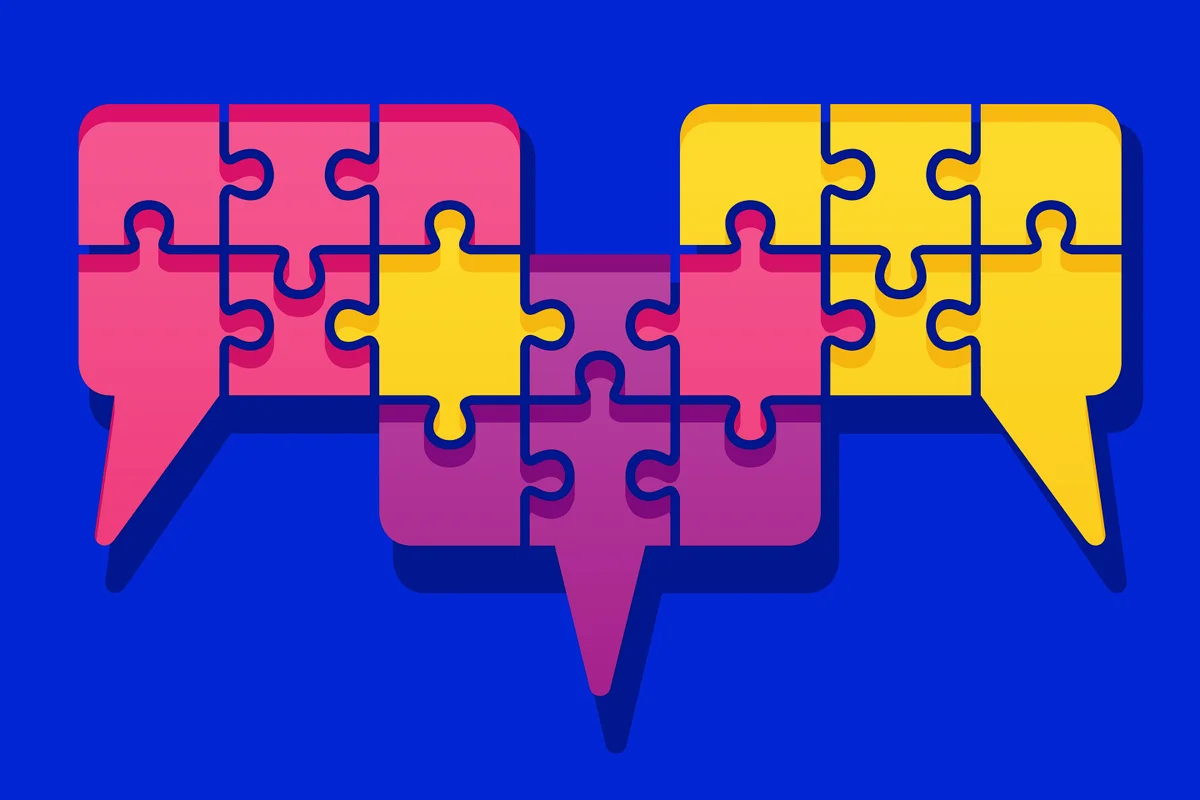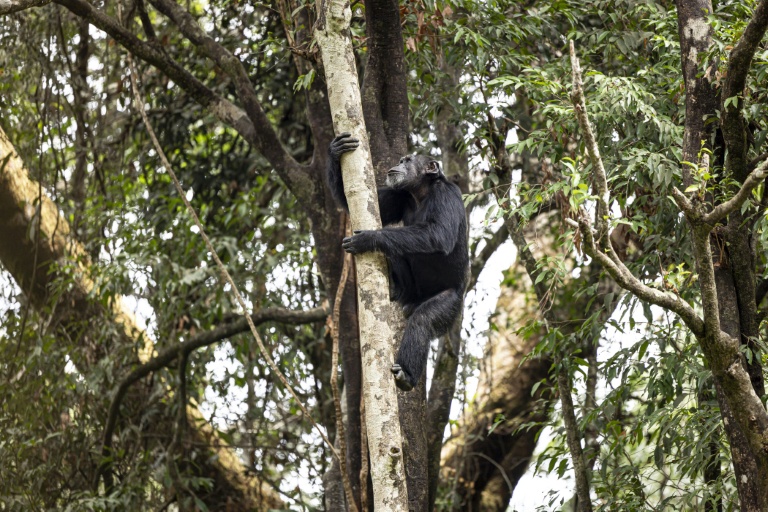
When speakers of different languages meet, their words, sounds and even grammatical structures mingle in surprising ways. Ketchup, for example, may be an American staple today, but its name entered English via the Chinese language Hokkien around the end of the 17th century. Or consider the phrase “attorney general”: we place the adjective after the noun because that was standard word order in French when the Normans invaded England in 1066. This kind of exchange, called linguistic “borrowing,” is a big part of how languages evolve worldwide.
Because of gaps in the historical record of human encounters, it can be hard to measure exactly how contact between different populations shaped any given language over the years. But a vestige of all those past interactions persists in human DNA: whenever a person’s genes indicate their ancestors came from two separate populations, it stands to reason that said ancestors interacted closely enough for their languages to merge, too. So a team of researchers analyzed genetic data from nearly 5,000 individuals living in the last few decades, spanning every inhabited continent, and identified 126 cases where those individuals’ ancestry indicated interbreeding between two distinct populations at some point in the past. Though a person’s genetic heritage doesn’t necessarily reflect the language they speak, the researchers expected to find similarities between the languages spoken by those converging groups.
The team’s results, published on August 29 in Science Advances, supported their hypothesis: when populations that speak unrelated languages have children together, their languages become 4 to 9 percent more likely to share linguistic features. The effect, though subtle, “is quite consistent,” says the study’s co-senior author Chiara Barbieri, a geneticist at the University of Cagliari in Italy. “When we have this genetic mixing, we have more [linguistic] borrowing overall.” That consistency is remarkable, she says, because human populations—with different cultural histories—come together under so many different circumstances. Some meet peacefully during small-scale migrations; others collide in violent intercontinental conquest. Today’s globalization accelerates cultural blending in countless ways.
On supporting science journalism
If you’re enjoying this article, consider supporting our award-winning journalism by subscribing. By purchasing a subscription you are helping to ensure the future of impactful stories about the discoveries and ideas shaping our world today.
To test for similarity between the language pairs they identified through genetic testing, the researchers compared the pairs using two databases that have together tracked more than 600 linguistic features over thousands of languages. They found that, though the sheer amount of borrowing remained stable, the details of such borrowings varied tremendously from case to case. Indeed, those details sometimes contradicted what linguists would predict based on previous research. Prior studies had pointed to a “borrowability hierarchy,” in which some elements of a language are more likely to spread to other languages. “There are lots of established ideas about what types of linguistic traits get borrowed more than others,” says Simon Greenhill, who studies language evolution at the University of Auckland in New Zealand. “But these results don’t seem to match that.”
For example, grammar is generally considered difficult to borrow, because adults—the main drivers of linguistic evolution—struggle to learn it when they encounter a novel language. Nevertheless, the new study found unexpectedly high levels of borrowability for certain aspects of grammar, such as past tense (which not all languages have). But the authors noted that speakers may have only been borrowing abstract grammatical categories—the concept of past tense—rather than specific grammatical forms, such as “-ed” at the end of “worked” in English. They could then repurpose some bit of their own language, which may be easier than memorizing exotic grammatical forms.
Other features follow utterly opposite trends, depending on context. Take prosody, which is the rhythm, stress and intonation of a language. Because listeners are especially sensitive to how a person speaks, prosody is a powerful marker of identity and status, making it highly susceptible to social pressure. People living under colonial rule, for example, are likely to adopt the speech patterns of the more prestigious upper class. But the researchers found that, in situations without such stark power imbalances, speakers of both languages often maintain—and even exaggerate—their native prosody to distinguish themselves from neighbors.
More research will be needed to test whether the traditional hierarchy of borrowability still stands. But knowing that genes serve as a reliable proxy for cultural exchange, researchers may be able to probe for new linguistic links where evidence has so far been lacking. “We can use this kind of idea to reveal connections between languages and cultures that we didn’t know existed,” Greenhill says. Such insights would refine our understanding of the world’s roughly 7,000 tongues, clarifying which parts of a language are homegrown and which are the product of outside influence.



